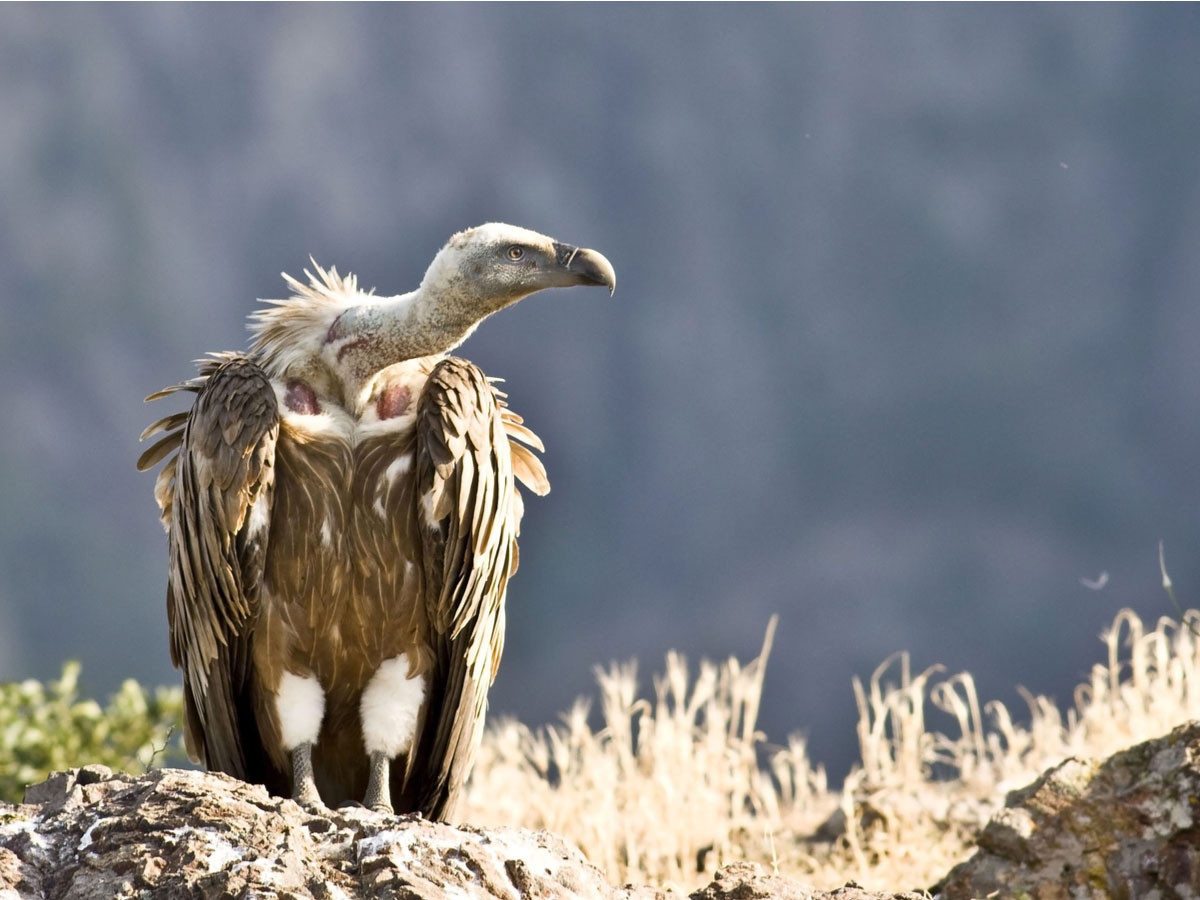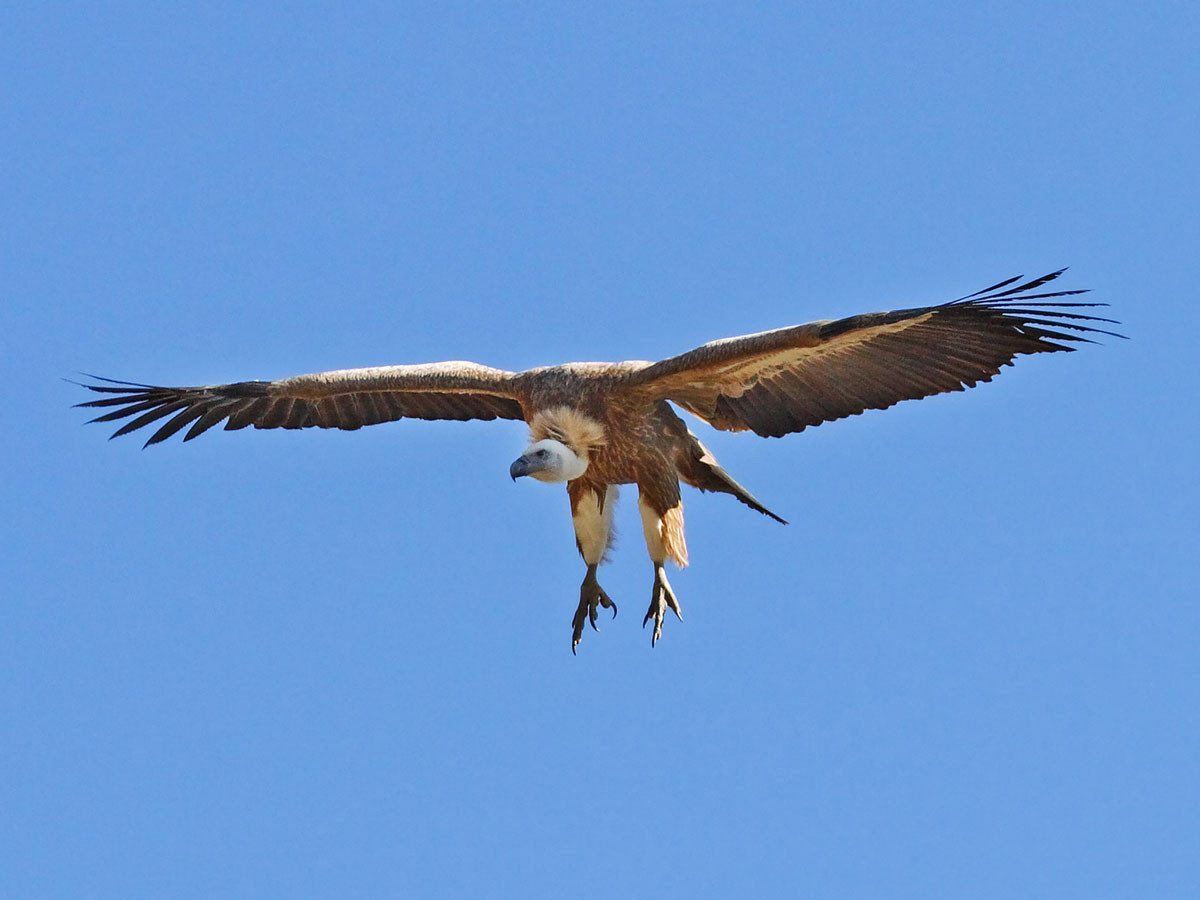Satellite Tracking Project
In June 2017, the Department of the Environment, Climate Change& Sustainability, in collaboration with the GONHS Raptor Unit, launched a new project to investigate the movements of Griffon Vultures migrating through the Straits of Gibraltar using lightweight GPS transmitters, these have now been applied to other bird species.

Griffon Vultures are commonly observed in Gibraltar during the spring. Their sheer size, as well as the uproar created by the resident Yellow-legged Gulls, has become one of the local highlights of the migration period. The project, known as Vulture track, aims to provide useful information on the wintering grounds of migrating Griffon Vultures in Africa as well as the movements and foraging patterns of the birds in their breeding grounds in Europe.
The first Vulture to be fitted with a solar-powered GPS tracker, known as Harry, was successfully released from the top of the Rock on the 4th June and it immediately continued with its onward journey North into Europe. It was also fitted with a unique wing-tag to help scientists identify the bird in the field. The vulture had been brought down by resident gulls earlier during the week and was cared for by the experts at the GONHS Raptor Unit.
Project members will be now be closely analysing the movements of the bird over the coming months. In addition to providing valuable research information that can be used for conservation and environmental education, the project will also help raise awareness on the importance of protecting birds of prey, some of which are threatened in Europe.


